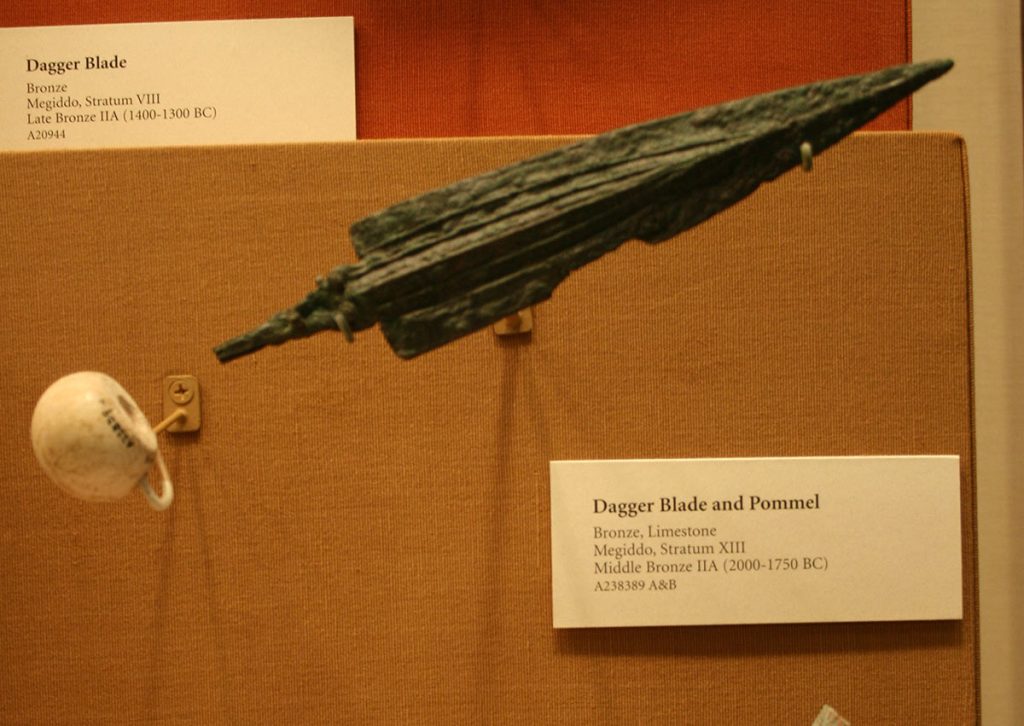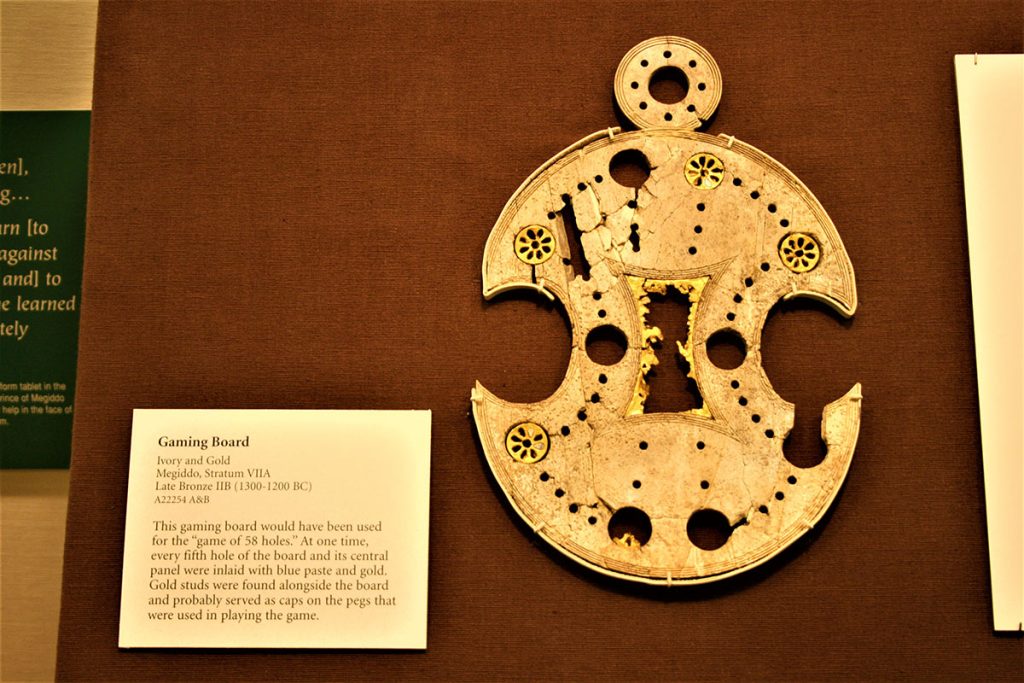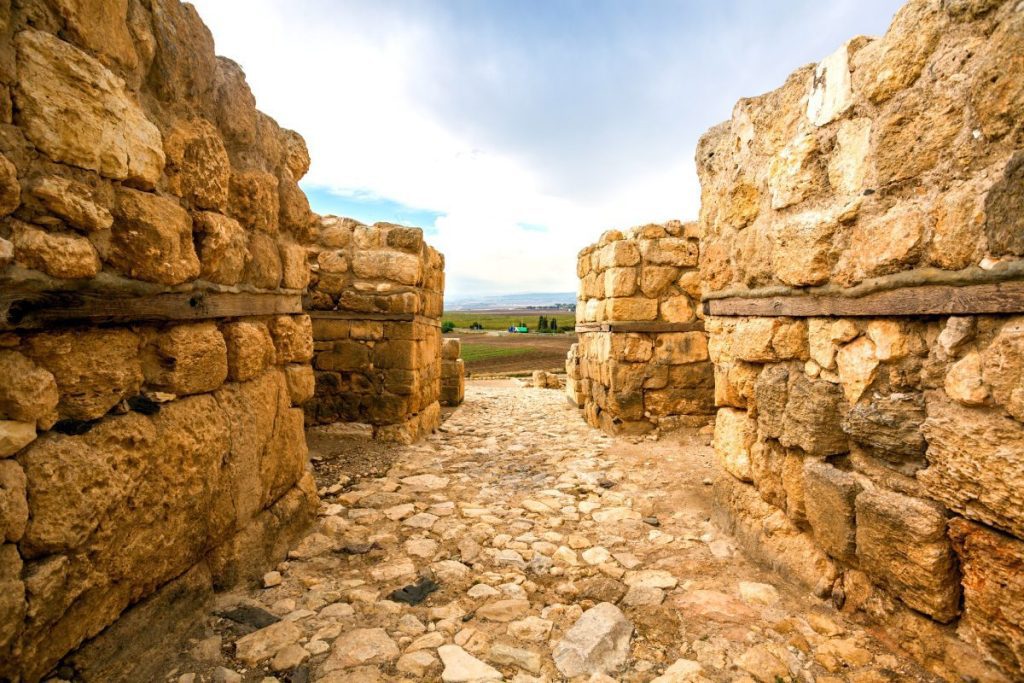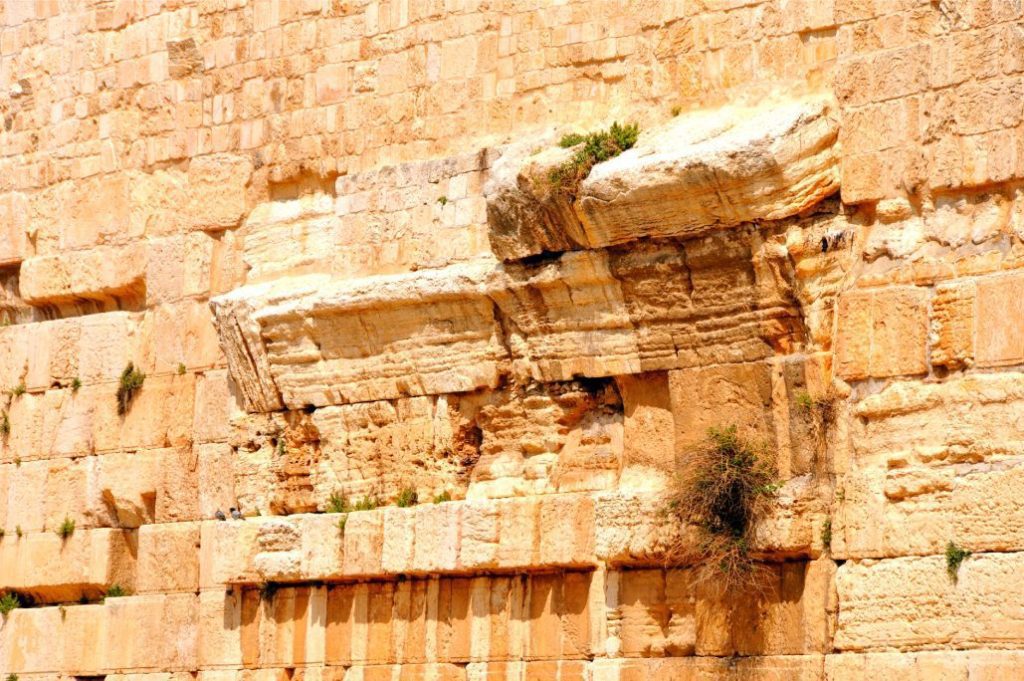The ancient Megiddo (Tel Megiddo) also known as Tel el-Mutesellim; was gradually abandoned at the end of the Persian Period. Accordingly, the new settlement is situated a few kilometers south; where Megiddo Prison is now located. Then, in the Roman Period, a Roman Camp was established named Legio.
Nearby there was a Jewish community that went by the name Kfar Otnay. We know that according to the Post Biblical Sources, for example, the Mishnah and the Talmud. Till 1948 there was a small Palestinian village named Lajjun and on its ruins, the modern Kibbutz Megiddo was built.

(Credit: Gary Lee Todd)
During the passing centuries, the ancient city of Megiddo was forgotten. For example, Eusebius of Caesarea in his book, Onomasticon mentions Legio but not Megiddo since he did not know where exactly to place it on his map. Even the famous traveler Henry Maundrell visited the Holy Land on his journey from Aleppo to Jerusalem. He passed in the area on the 22nd of March 1697; he does not mention Megiddo at all.
Tel Megiddo: Ishtori Haparchi Identifyies the Tel
The first individual to consider the identification of Megiddo was Ishtori Haparchi. He left Europe and moved to the Land of Israel. After some time living in Jerusalem, he moved to Beit Shean. He was the author of the first Hebrew book about the geography of the Land of Israel. The Book’s title is Sefer Kaftor Vaferach (which means The Book of the Bulb and Flower).
How Do Archaeologists Date Remains They Find?

It was written in 1322 in the Land of Israel and published in Venice in 1549. Haparchi lists the names of towns and villages in the Land of Israel and discusses the topography of the land based on first-hand visits to the sites. In his descriptions, he identified the Arab village of Lajjun as the site of ancient Megiddo.
Tel Megiddo and Edward Robinson
Edward Robinson, the father of Biblical Archaeology, traveled to Palestine in 1838 with the company of Rev. Eli Smith. Robinson, together with Smith, was to identify many ancient places. Moreover, In 1838 they explored the Jezreel Valley area, and even though they did not reach Lajjun; the local population pointed out towards the village. So Robinson like Ishtori Haparchi that Robinson mentions, identifies the location of the Biblical city of Megiddo where the Palestinian village of Lajjun was located. He also identifies the Roman settlement Legio with it.

On Display at the Oriental Institute, University of Chicago.
(Credit: Gary Lee Todd)
Now, the two men returned to Ottoman Palestine in 1852 for further explorations. Then in April 1852 when crossing the Jezreel Valley once more on their way to Beit Shean; they did reach the ancient Biblical Tel (Tel el-Mutesellim) this time. But they kept having the opinion that Megiddo is not here but at Lajjun that was identified as the location of the Roman Camp, Legio. Their ironic description of their visit at the Tel is quite amusing now when we read it in retrospect.
They Wrote In Their Journal the Following Entry:
“Tel el-Mutesellim was just before us on the right; and turning off to it, we reached the top at 9 o’clock […]. This Tel is quite regular in its form; with a flat summit, containing four or five acres, now covered with a fine crop of wheat. […]. The prospect from the Tel is a noble one; embracing the whole of the glorious plain; than which there is not reacher upon earth […]. As we stood upon the noble Tel, with the wide plain and Taanach thus before us, we could not but feel, that here had been the great battle of Deborah and Barak […]. The Tel would indeed present a splendid site for a city; but there is no trace, of any kind, to show that a city ever stood there.“
In Spite, they could see the natural advantage of the Tel they could not recognize it as the location of Megiddo. In their defense is that Robinson, in those days was not aware of the specific characteristics of Biblical Tels. Not to mention that the entire Tel was covered with crops of wheat.
The P.E.F
The Palestine Exploration Fund is a British society based in London. Often known simply as the PEF and is the oldest known organization in the world created specifically for the study of Palestine. Eventually, it was George Adam Smith in the 19th century that his opinion was accepted by all that Tell Mutesselim is the Ancient Biblical Tel. In those days the special nature of Biblical Tels was already known and they could make the connection.
When we will go on a private tour together and check out Tel Megiddo I promise you I will tell you much about it!









